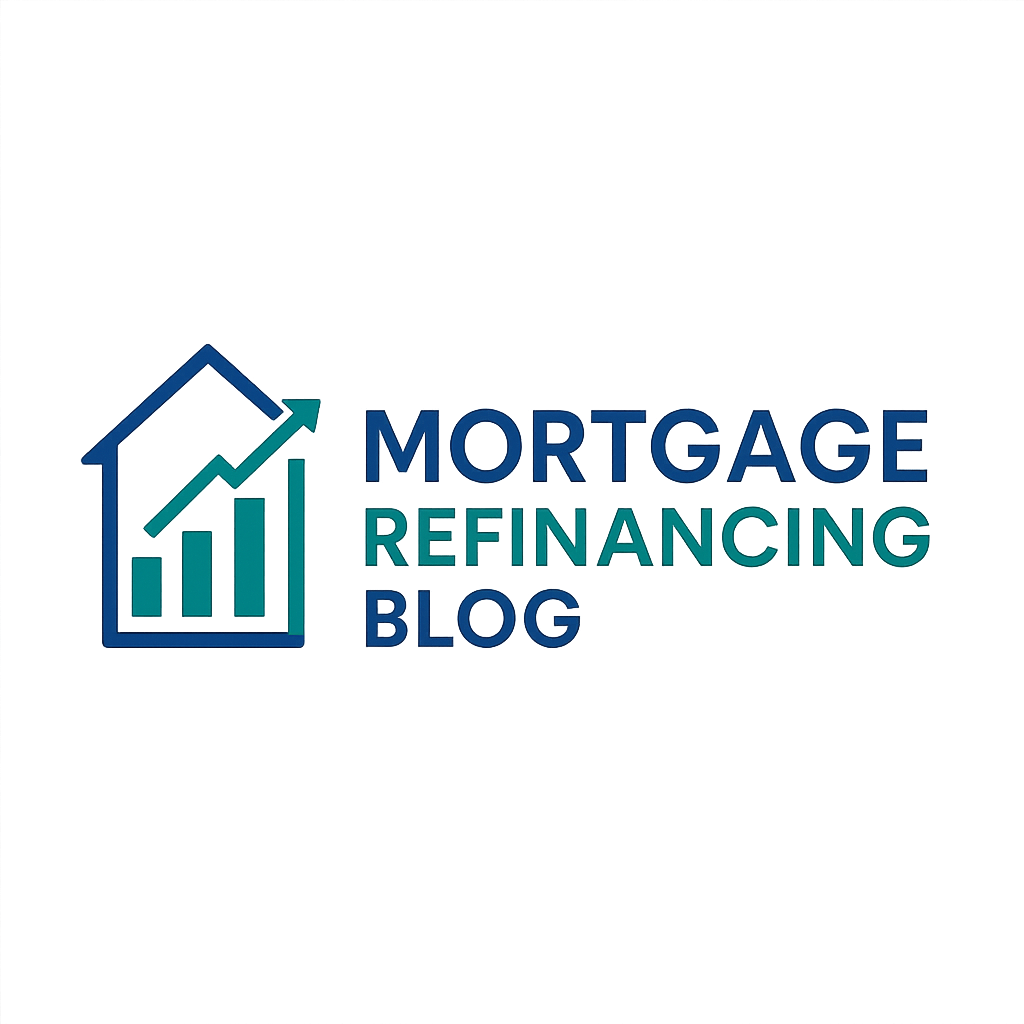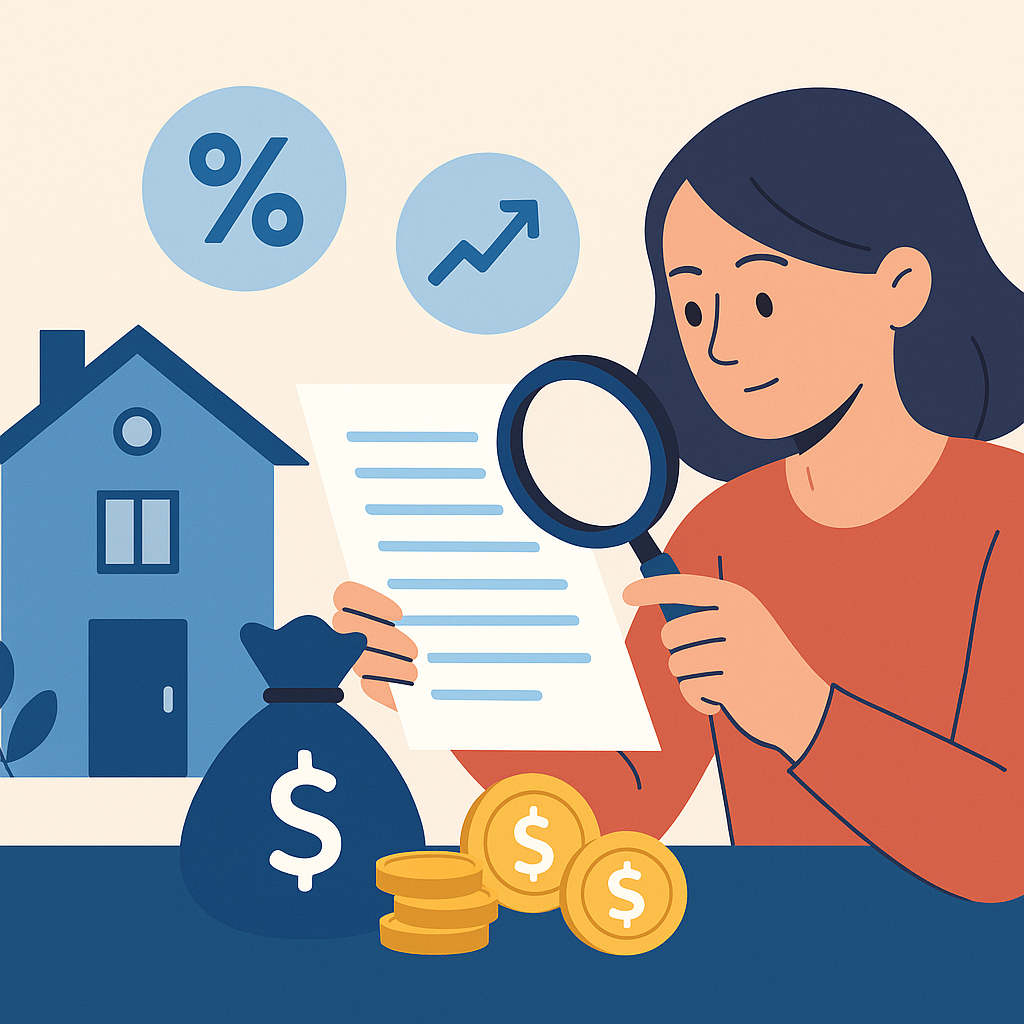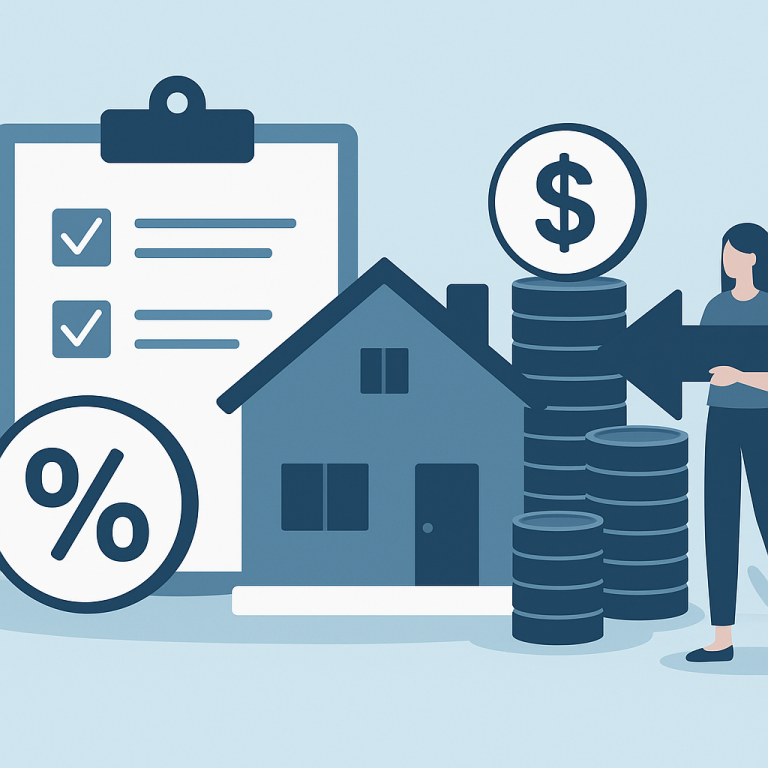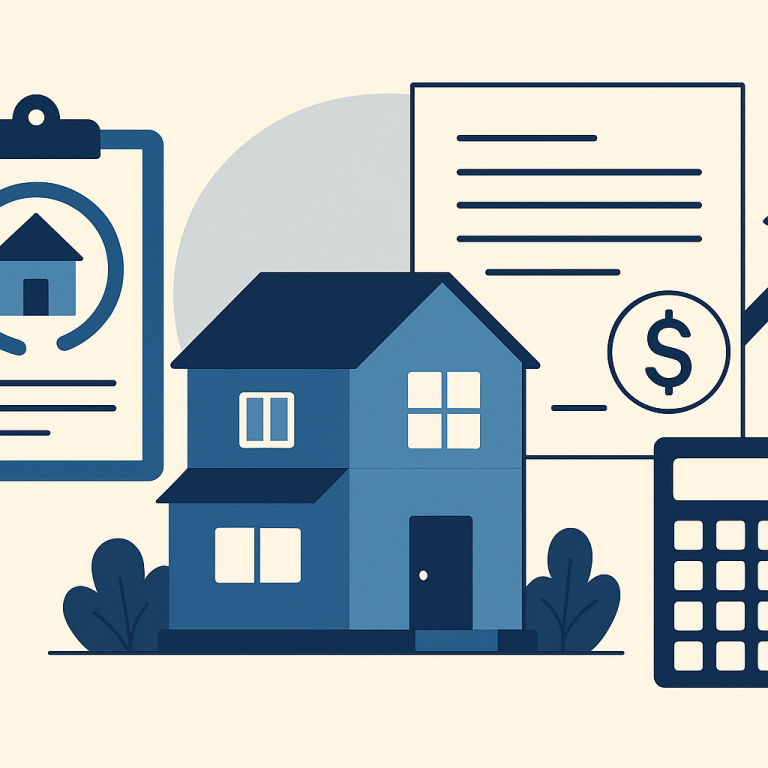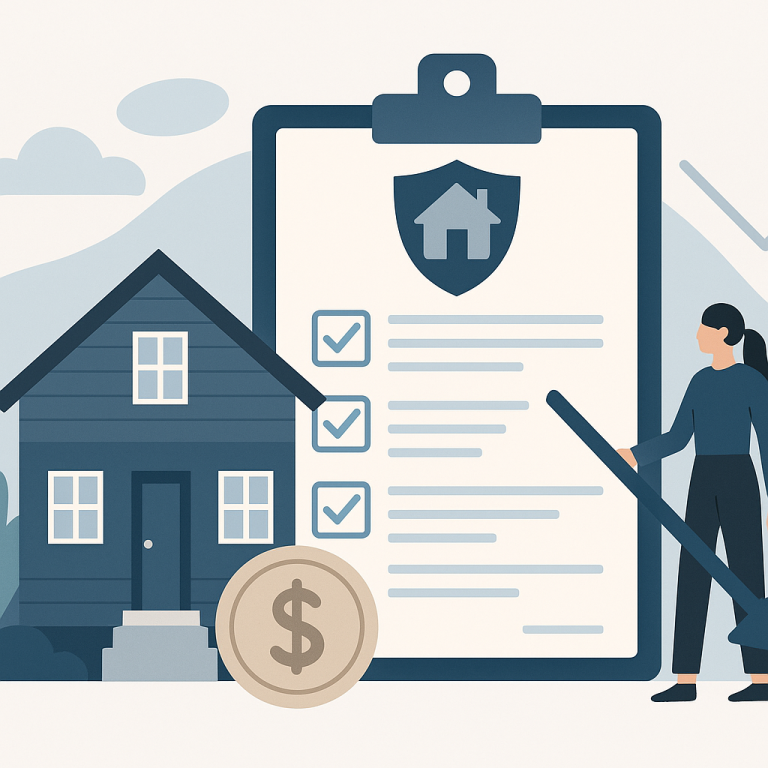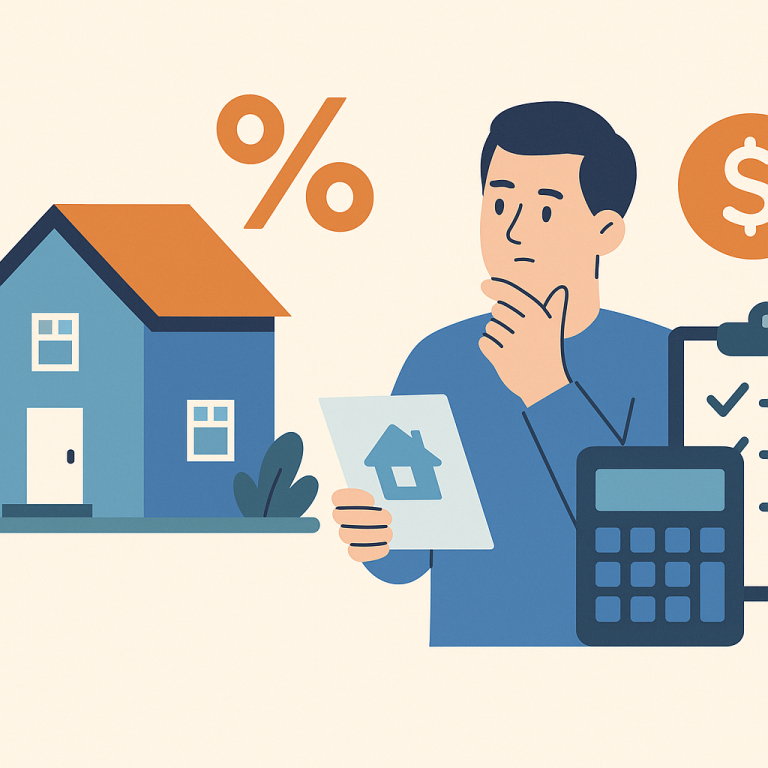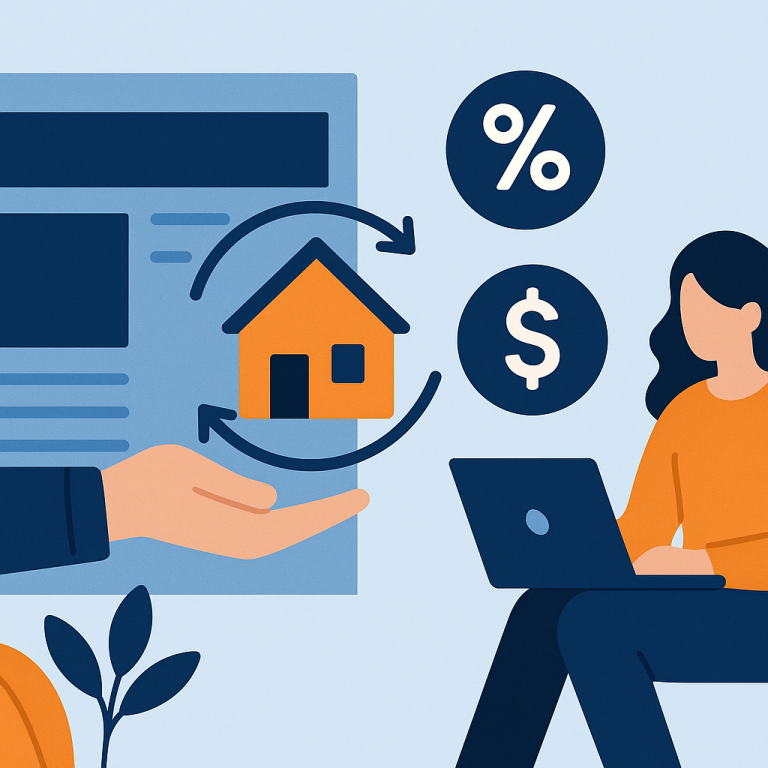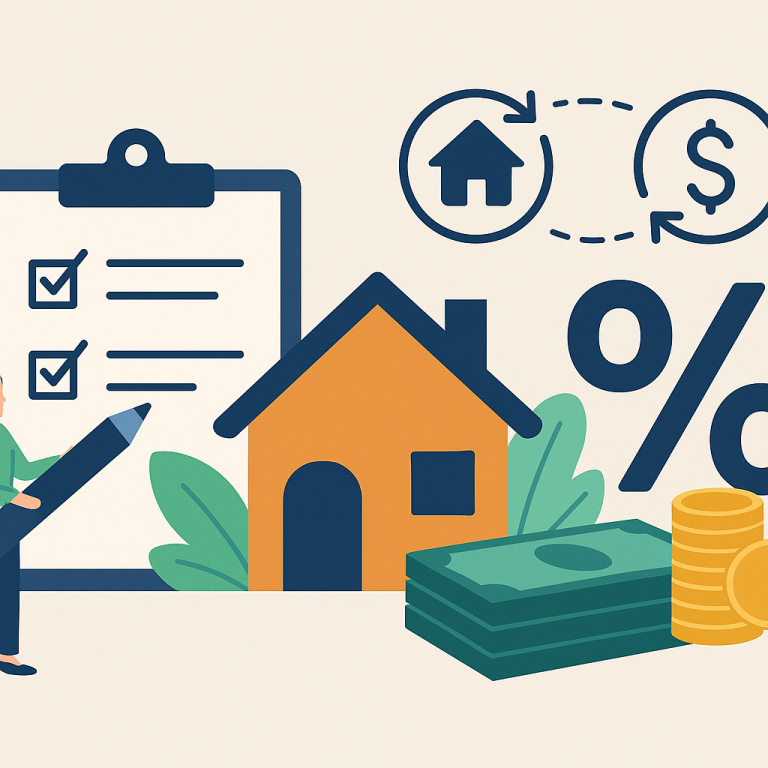Refinance guide state refinance assistance programs roundup
State Refinance Assistance Programs: A Roundup for Homeowners
Many states run refinance assistance programs through housing finance agencies or through federally funded initiatives administered at the state level. These programs help eligible homeowners lower monthly payments, reduce interest rates, cover closing costs, or stabilize mortgages for borrowers facing financial hardship. This article explains what these programs are, when they make sense, their pros and cons, typical costs, the application process, common pitfalls, and answers to frequently asked questions.
What these programs are — and when they make sense
State refinance assistance programs are local initiatives that provide financial help to homeowners who want to refinance their mortgage but need support to do so. Assistance can come as:
- Low-interest or subsidized second mortgages to cover closing costs or principal.
- Forgivable loans that reduce the borrower’s principal or fund a buy-down of the interest rate.
- Grants or deferred-payment loans for eligible low- and moderate-income homeowners.
- Targeted relief for homeowners at risk of default or foreclosure (sometimes tied to federal relief funds).
These programs make sense when you qualify based on your state’s income, home value, occupancy, and loan requirements, and when the assistance reduces your total cost of refinancing or averts imminent financial hardship. They’re particularly valuable if you:
- Have limited cash for closing costs but can otherwise qualify for a lower-rate loan.
- Are current on payments but are underwater or have narrowly missed standard refinance underwriting guidelines.
- Face temporary financial hardship and need help stabilizing payments to avoid default.
Benefits and drawbacks
Benefits
- Lower monthly payments: Programs can reduce your interest rate or cover closing costs to make refinancing affordable.
- Reduced out-of-pocket costs: Grants, deferred loans, or subsidized seconds can eliminate the need for cash at closing.
- Help for at-risk homeowners: Programs designed to prevent foreclosure can provide timely relief when private options aren’t available.
- Flexible underwriting: State programs sometimes accept borrowers who don’t meet traditional lender criteria.
Drawbacks
- Eligibility limits: Income, property value, location, or loan type restrictions can exclude many homeowners.
- Program fees and liens: Assistance often creates a second lien and may include fees, recording costs, or restrictive covenants.
- Limited funds: Programs may close when funds run out or be available only for a limited time.
- Potential long-term costs: Extended loan terms or secondary loans may increase total interest paid across the life of the loan.
Costs and fees to expect
Even when a program reduces your rate or provides a grant, you may still encounter costs. Typical fees include:
- Application and program processing fees charged by the administering agency.
- Appraisal, title search, and closing costs—unless explicitly covered by the program.
- Recording fees for second liens or subordinate mortgages.
- Origination fees if the program routes through a private lender.
Some programs offer grants or forgivable loans that do not require repayment if you meet certain conditions (for example, staying in the home for a set number of years). Others are deferred but secured by a lien that becomes payable if you sell, refinance again, or default. Always read the program terms and understand whether assistance will affect equity or create repayment triggers.
Step-by-step process
While details vary by state, the refinance assistance process generally follows these steps:
- Research available programs: Check your state housing finance agency (HFA) website, local housing authority, or consumer protection office for current offerings.
- Review eligibility: Confirm income limits, property type requirements (primary residence only, for example), loan type restrictions, and residency duration rules.
- Gather documents: Typical documentation includes pay stubs, tax returns, current mortgage statement, proof of homeowner’s insurance, and ID.
- Apply to the program: Submit an application through the state HFA or authorized participating lender. Some programs pre-approve assistance before you shop for a lender.
- Shop lenders and get a Loan Estimate: If the program allows choice of lender, compare offers. Make sure the program assistance is reflected in the Loan Estimate.
- Underwrite and close: The lender and the program administrator underwrite the refinance. Complete the appraisal, title work, and closing as required.
- Post-closing compliance: Keep program-required documentation and comply with any residency or resale restrictions to preserve grant forgiveness or deferred loan terms.
Common pitfalls to avoid
- Assuming funds are unlimited: Many programs have limited funding and strict application windows.
- Ignoring total cost of borrowing: A low monthly payment can still result in higher total interest if the new loan extends the term substantially.
- Not reading lien terms: Forgivable or deferred assistance can still create liens that must be repaid under certain conditions.
- Failing to verify restrictions: Some assistance imposes resale price or income recapture requirements; moving early may trigger repayment.
- Not comparing private options: State assistance often helps, but a conventional refinance offer might be better depending on your credit and equity.
- Falling for scams: Only use official state HFA sites and licensed lenders; avoid unsolicited offers asking for upfront “processing” fees.
Short FAQ
Can I combine state refinance assistance with a federal refinance program?
Often yes, but it depends on program rules. Some state programs are designed to work alongside federal options (like FHA streamline refinances) while others have restrictions. Check program guidelines and coordinate with your lender.
Do these programs affect my credit score?
The refinance itself will usually trigger a hard credit inquiry and show as a new mortgage on your credit report, which can temporarily affect your score. Properly managed payments and stabilized finances typically improve credit over time.
How long does it take to get approved and close?
Timing depends on the program and lender. Expect several weeks to a few months for application, underwriting, appraisal, and closing. Programs with limited underwriting flexibility may close faster, while those tied to grant approval can take longer.
Where do I find my state’s programs?
Start with your state housing finance agency website, your state’s treasury or housing department, or the U.S. Department of Housing and Urban Development (HUD) pages that link to state agencies. Local nonprofit housing counselors can also help identify and apply for programs.
State refinance assistance programs can be a useful option for homeowners who qualify. Compare program terms carefully, evaluate all costs, and consult a HUD-approved housing counselor or your lender if you’re unsure whether a state program or a conventional refinance better meets your needs.
META: state refinance assistance programs, refinancing assistance, homeowner refinance programs, state housing finance agency, refinance grants and loans
